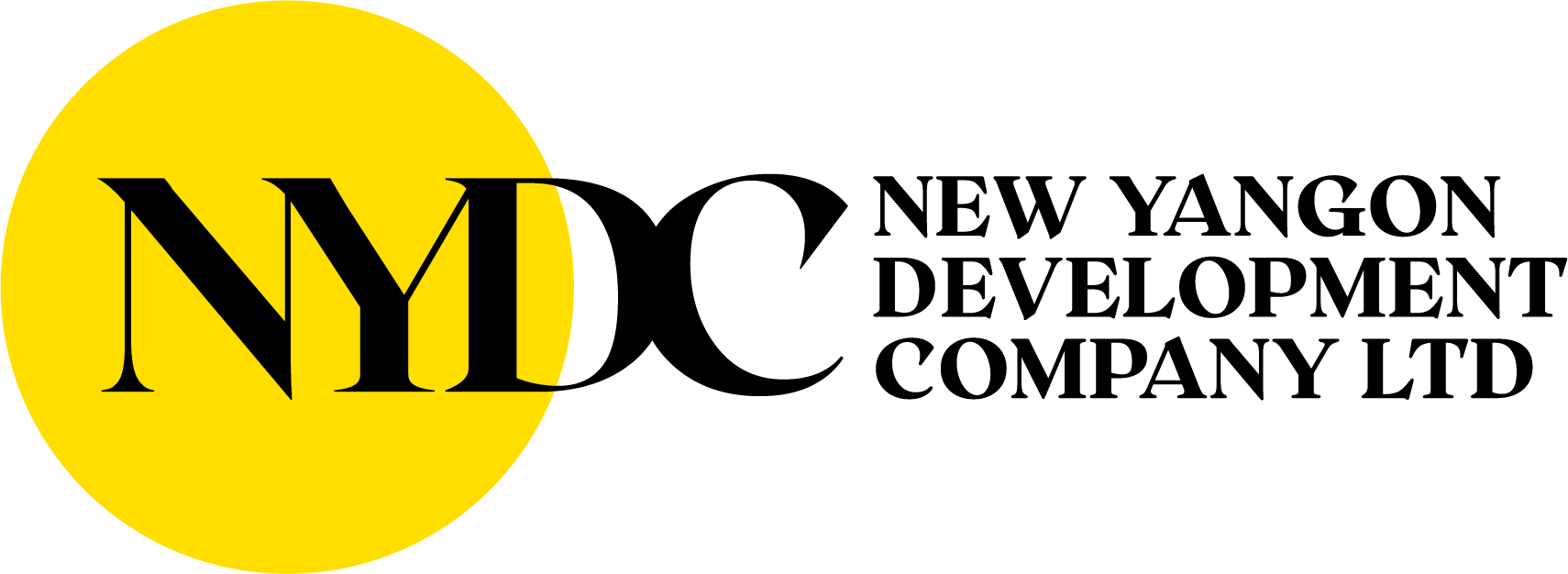April 25, 2018
Infrastructure development lies at the core of economic growth, which in turn leads to investment, job creation and ultimately poverty reduction. During Phase 1 of the New Yangon City development, our focus will be on building basic infrastructure. This includes five residential areas for resettled villagers, two bridges, a 10 sq km industrial estate, 26 km of arterial roads, a power plant and transmission lines as well as water and wastewater treatment facilities.
In developed nations, it is common that this type of infrastructure is built and funded by the government. In emerging market economies, there are loans and financial aid from multilateral banks such as the World Bank, the Asian Development Bank, the Asian Infrastructure Investment Bank and other bilateral development financial institutions.
In Myanmar, we lack the necessary public funding to meet our basic infrastructure needs. We need to reduce our reliance on such public funds (i.e. taxpayers’ money). Our situation calls for financing through the participation of the private sector, especially as a long-term financier in infrastructure projects.
Some argue that infrastructure projects such as NYDC should make use of concessional loans offered by multilateral banks and DFIs to low-income countries like Myanmar. This, however, requires that we take on a large sum of debt. Even if the interest rate is entirely waived, it has to be paid eventually, if not by us, by our children and grandchildren.
The goal of NYDC is to build this infrastructure without assuming debts and passing the burden of repayment on to our children and grandchildren. In order to achieve this, the palatable option is to create an attractive public-private partnership to draw equity investments globally.
Equity investors take on full risks for their investment, whereas lenders who assume limited risk in an investment are able to still enjoy a guaranteed interest income and repayment of the principal. If an investment succeeds, equity investors enjoy higher return than the lenders would from a loan. Similar logic applies to a failed investment. Equity investors may not recover their capital, let alone make a profit if an investment fails.
We cannot deny that Myanmar is a high-risk investment environment. We believe NYDC’s ambition of financing the basic infrastructure of the New Yangon City is bold, strategic, and practical. Our children and grandchildren will enjoy the benefits of the new city we will build and not bear the burden of debt if we finance through debt financing. At the same time, they will share the benefits with the investors who have faith in the success of the New Yangon City. That is the basic concept, which underpins everything we are trying to achieve.
Regards
Serge Pun
25.4.2018

